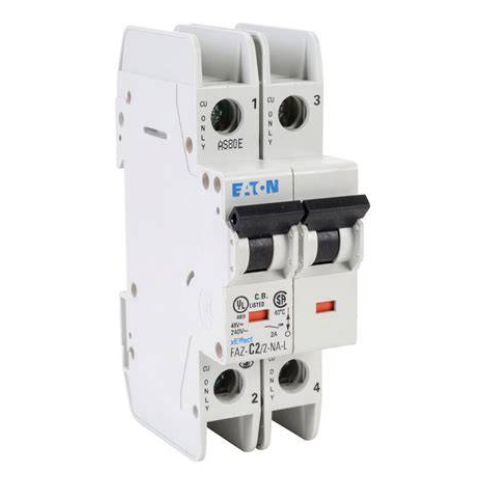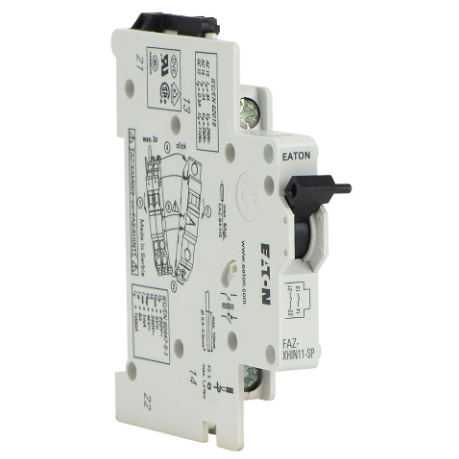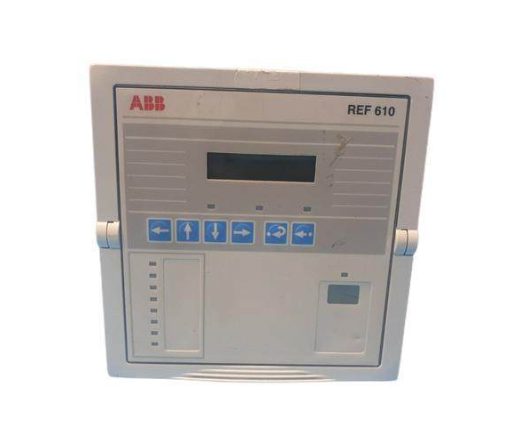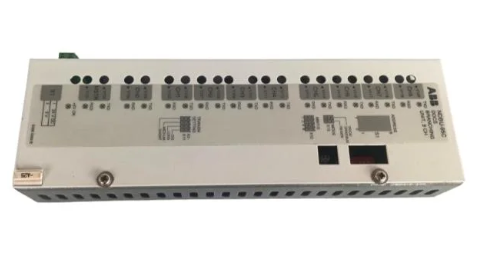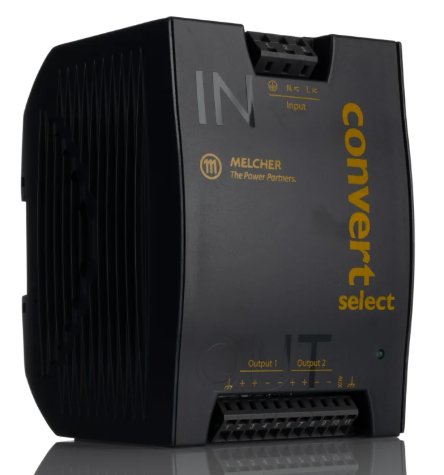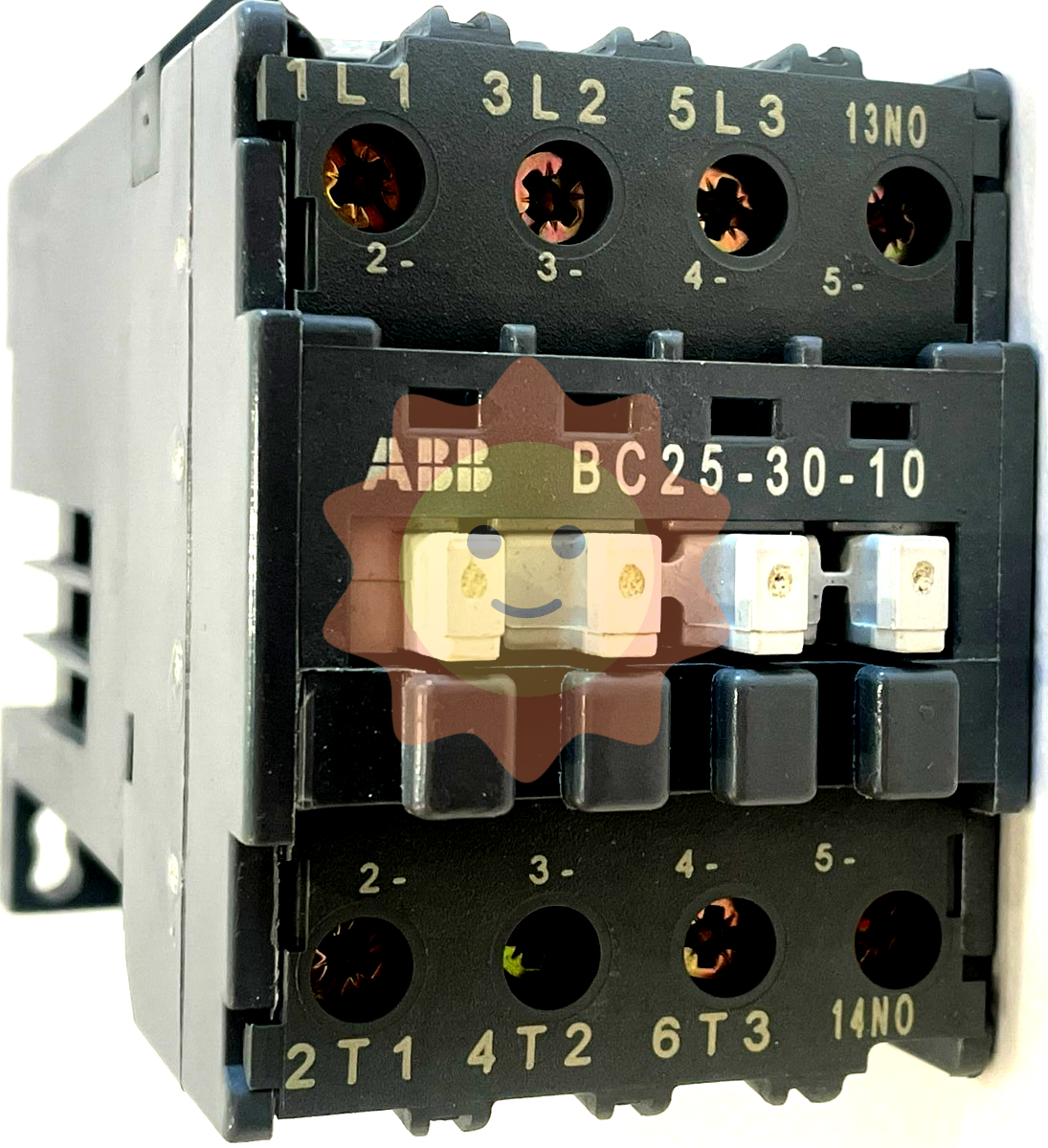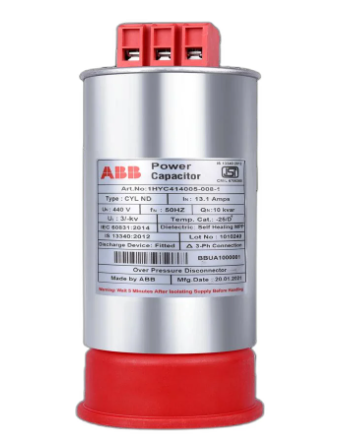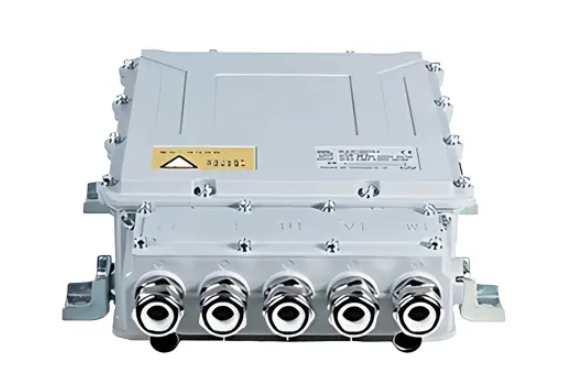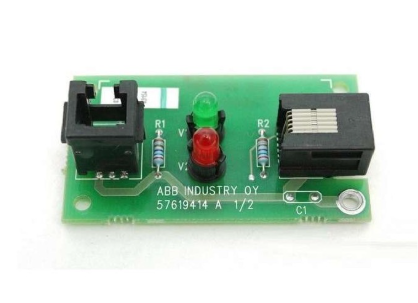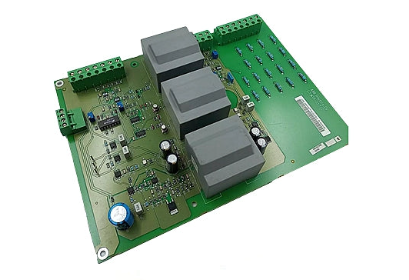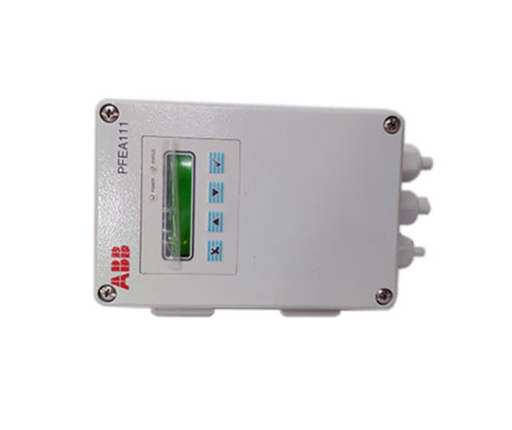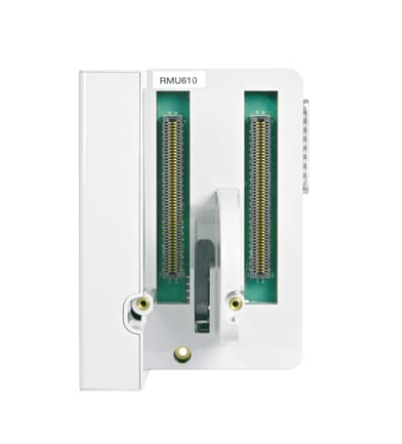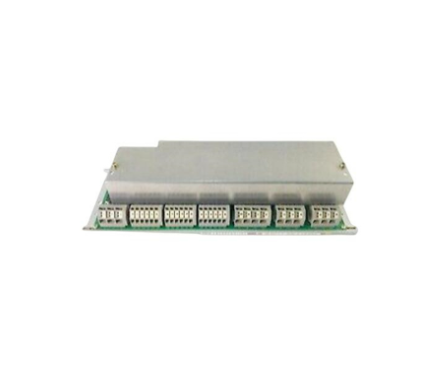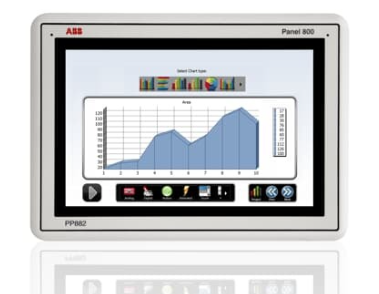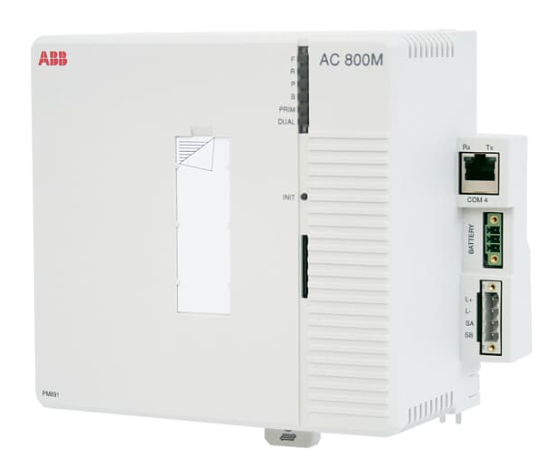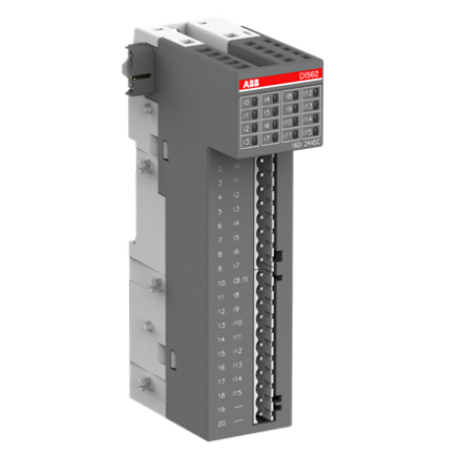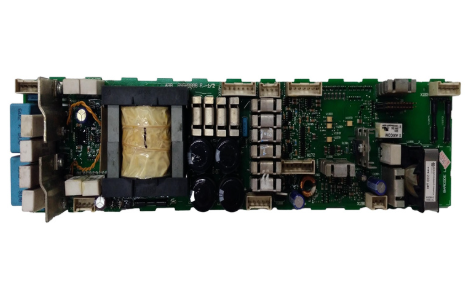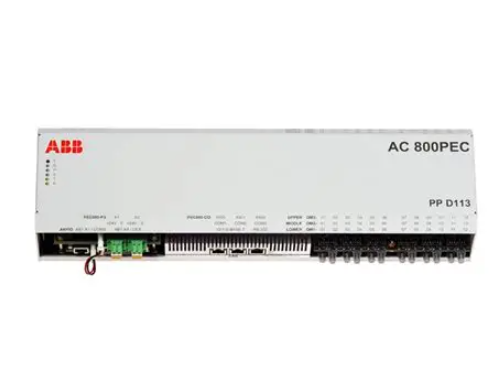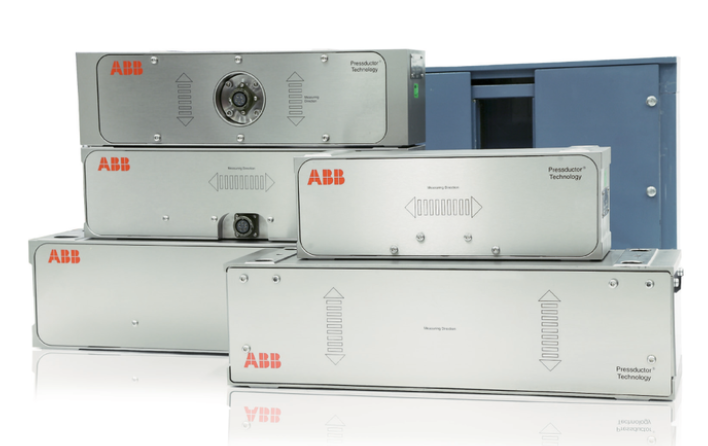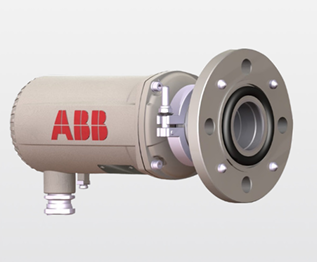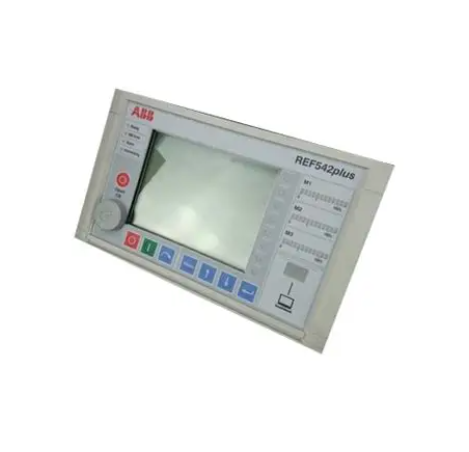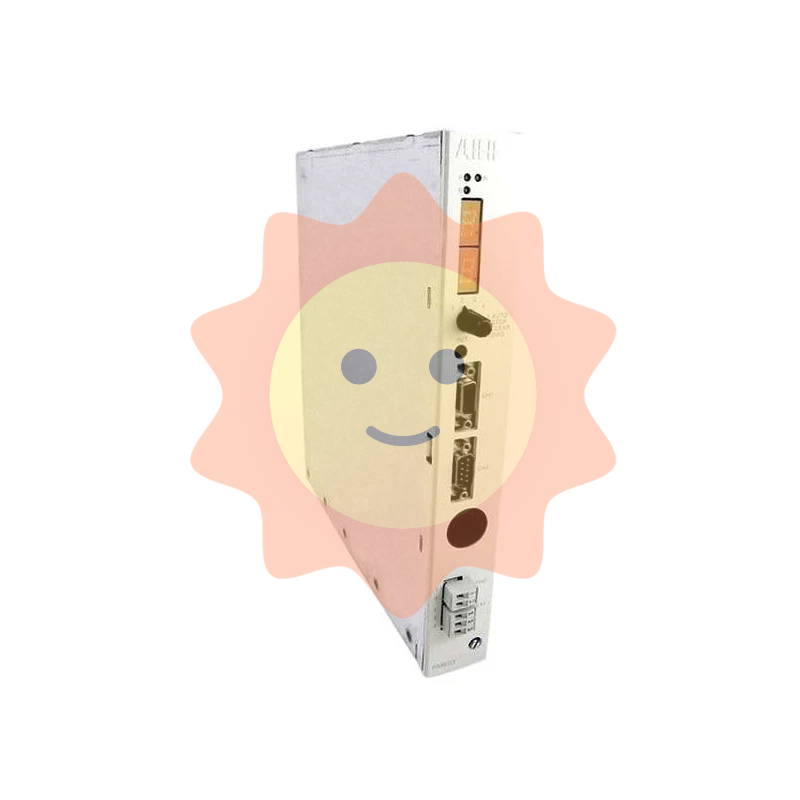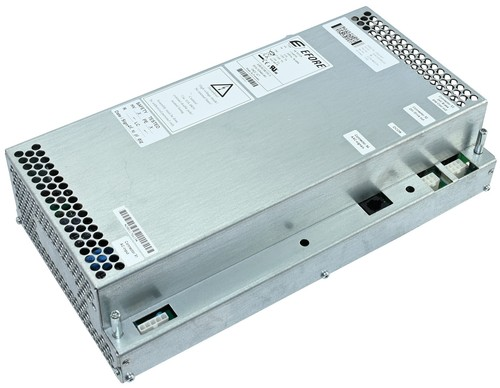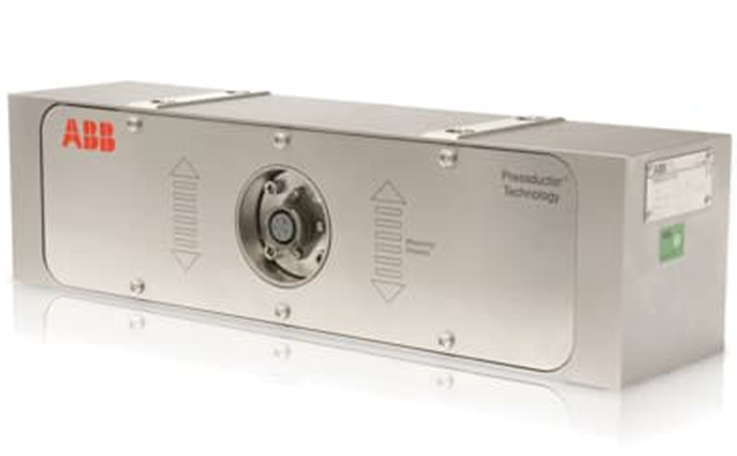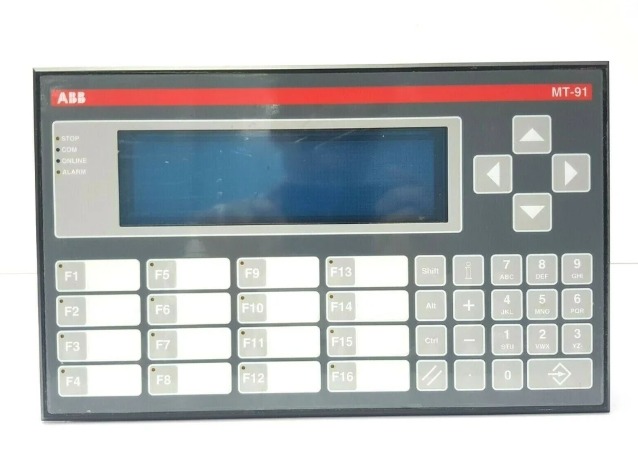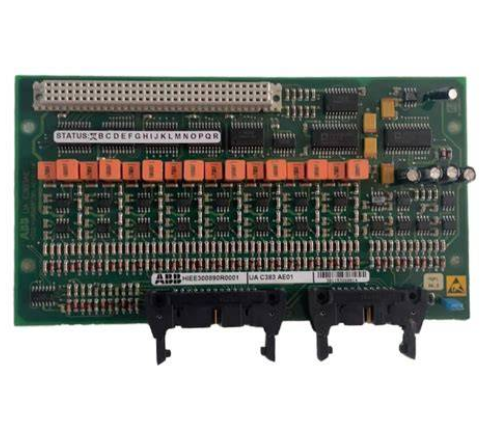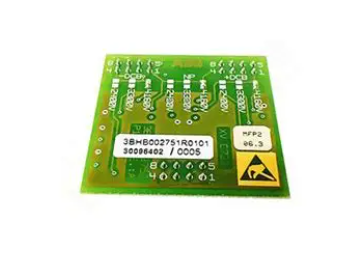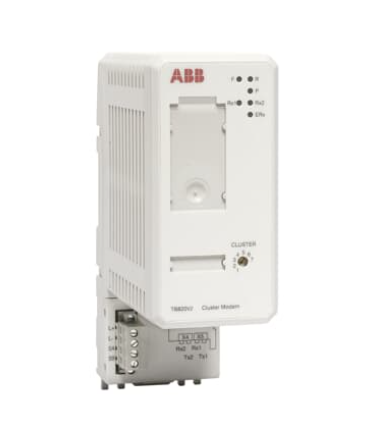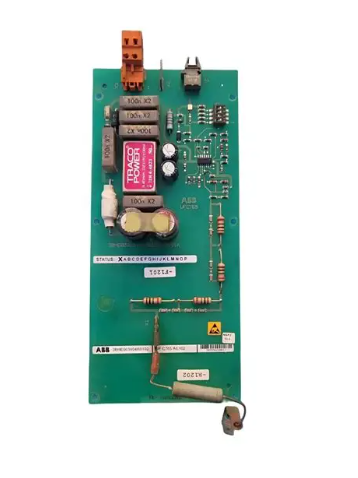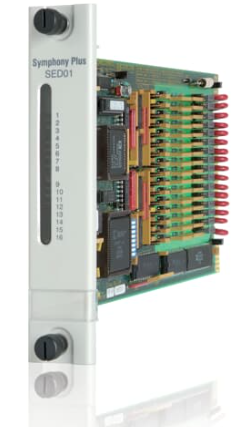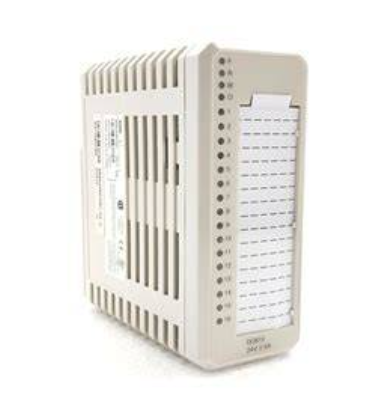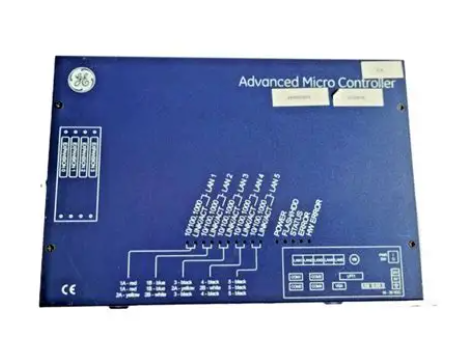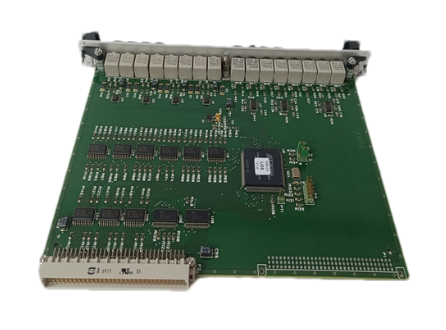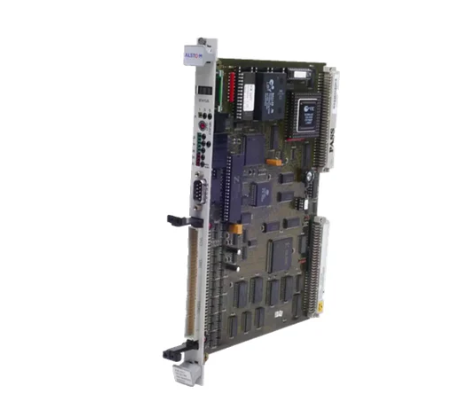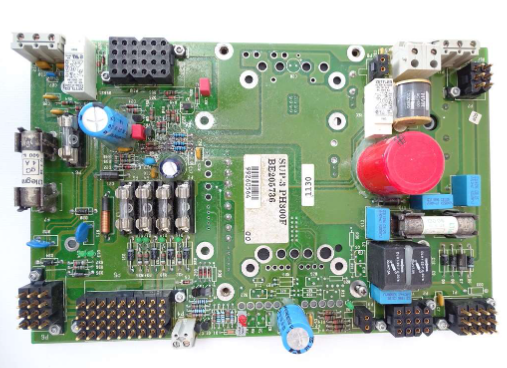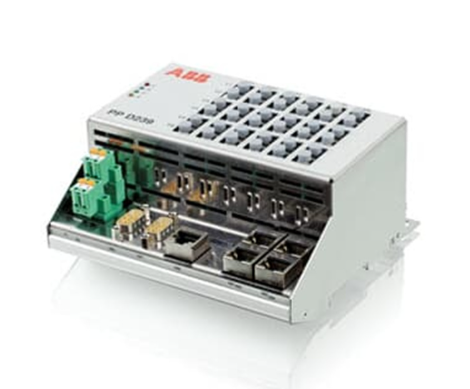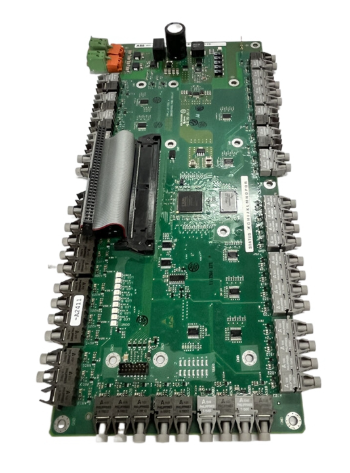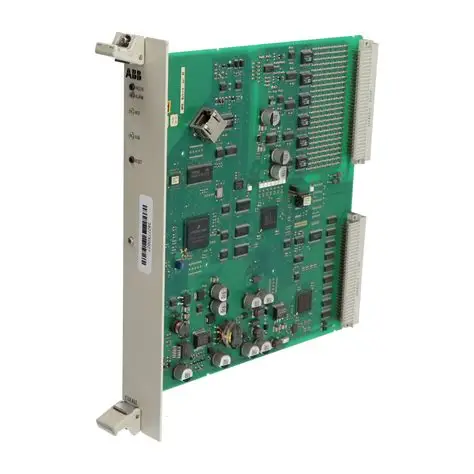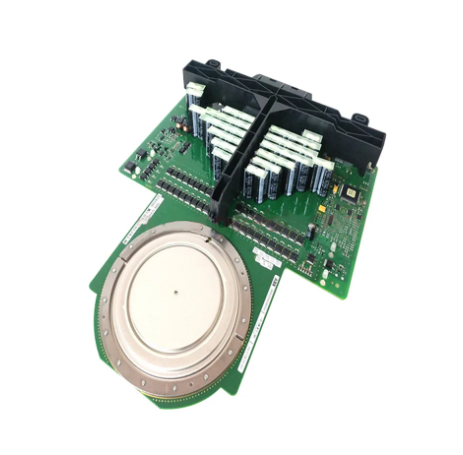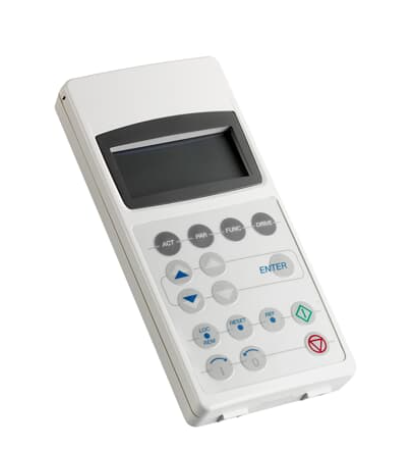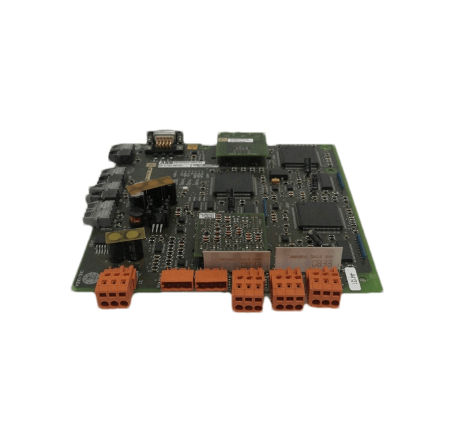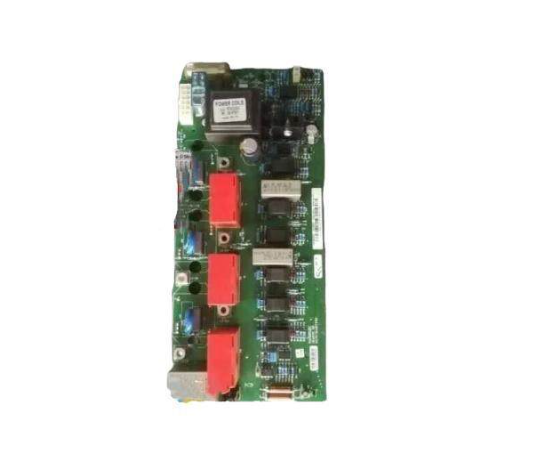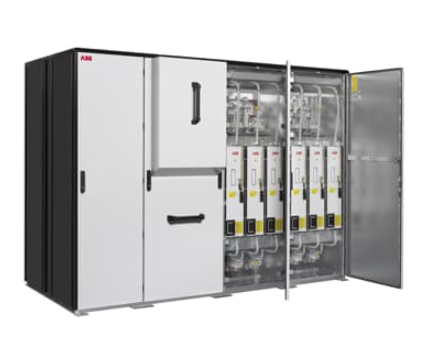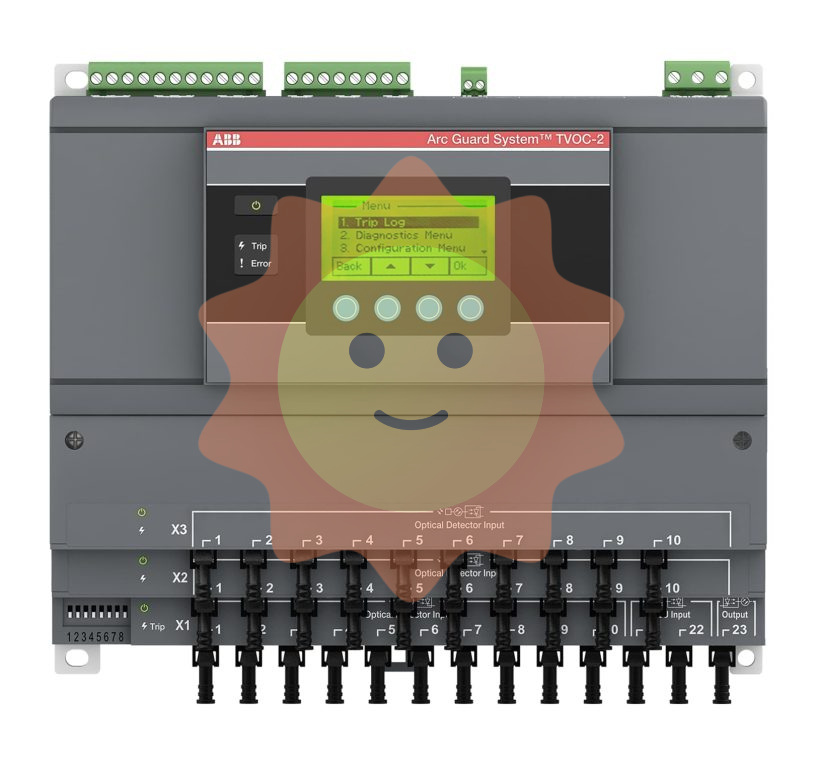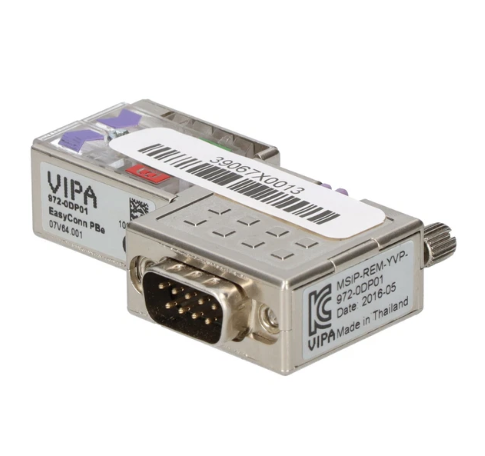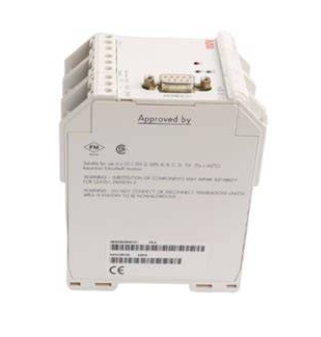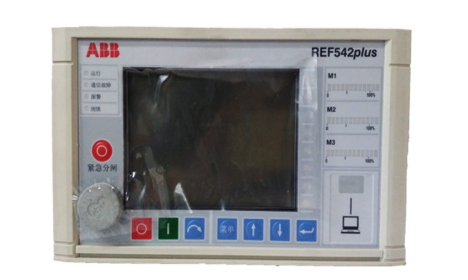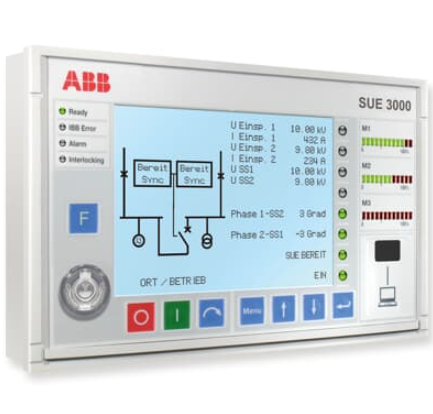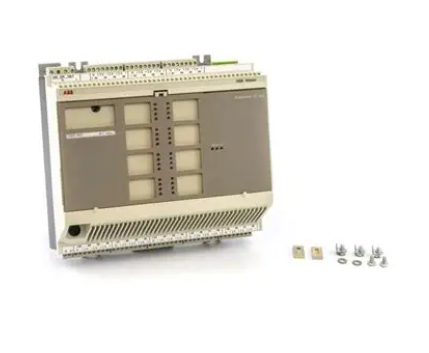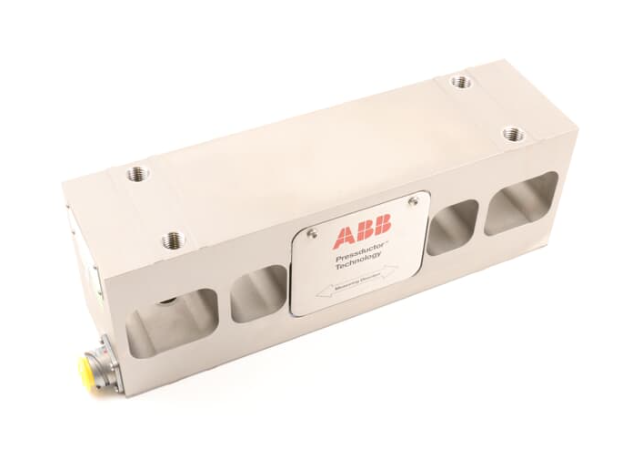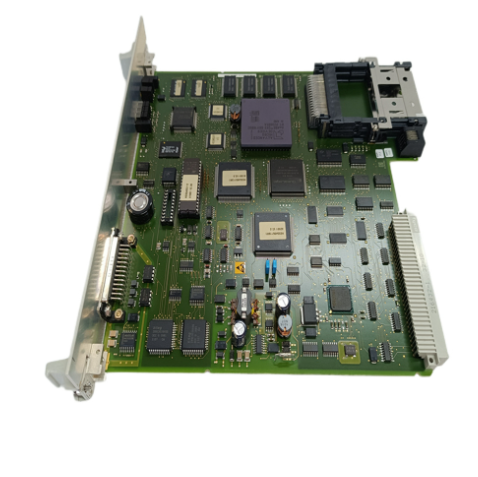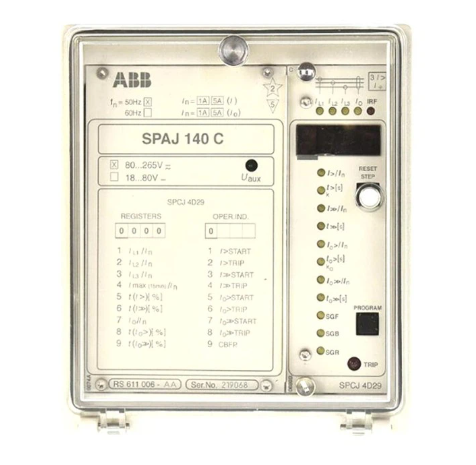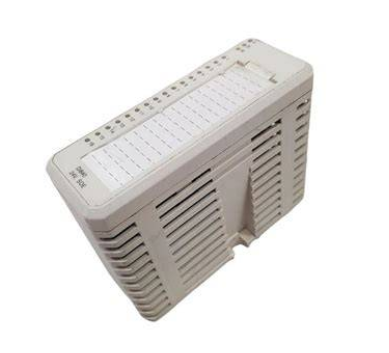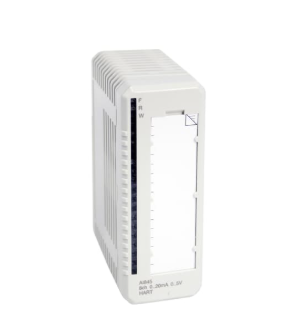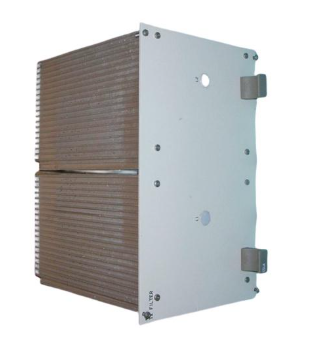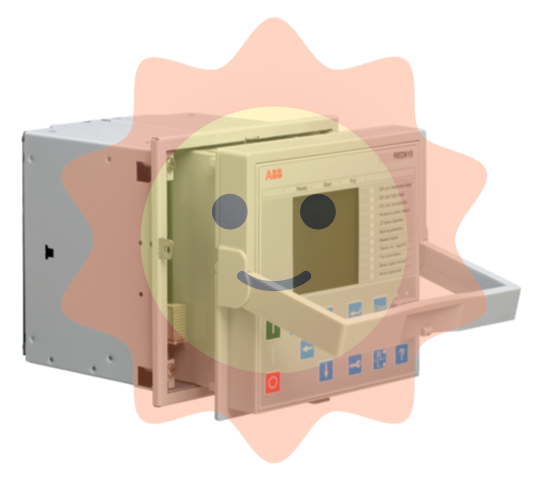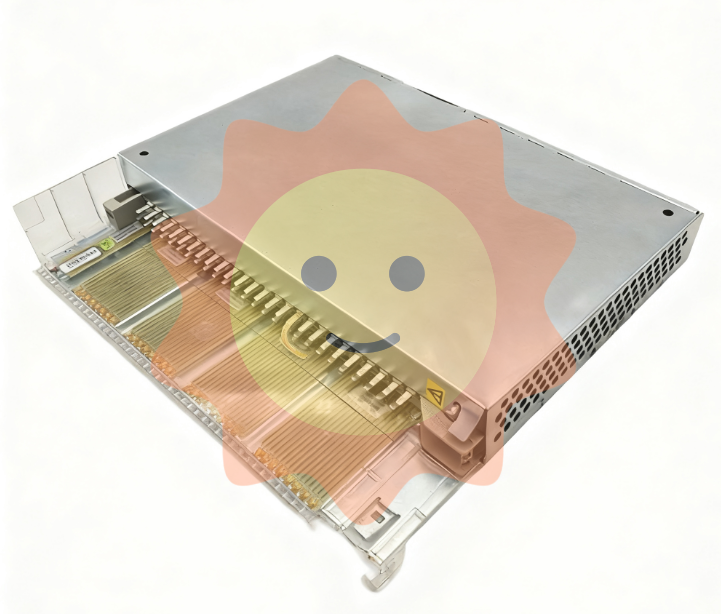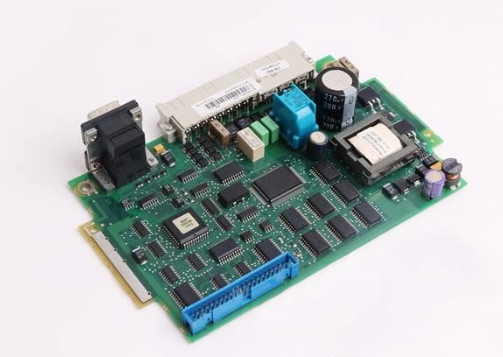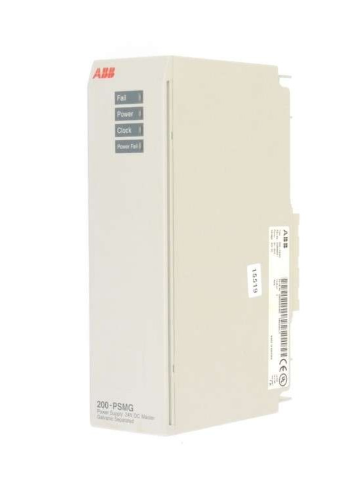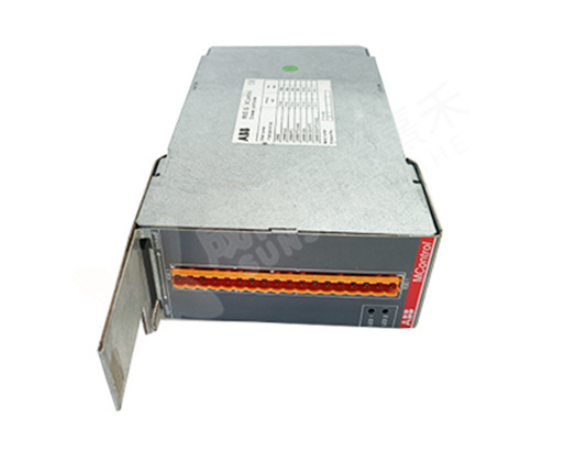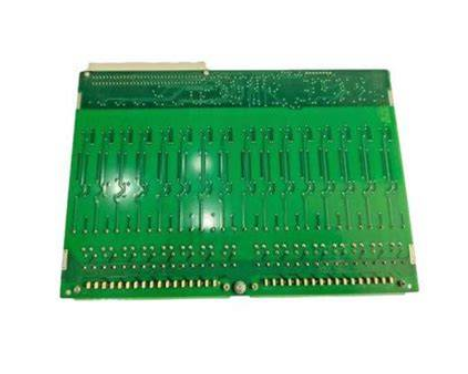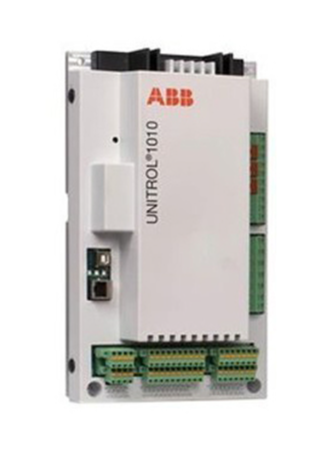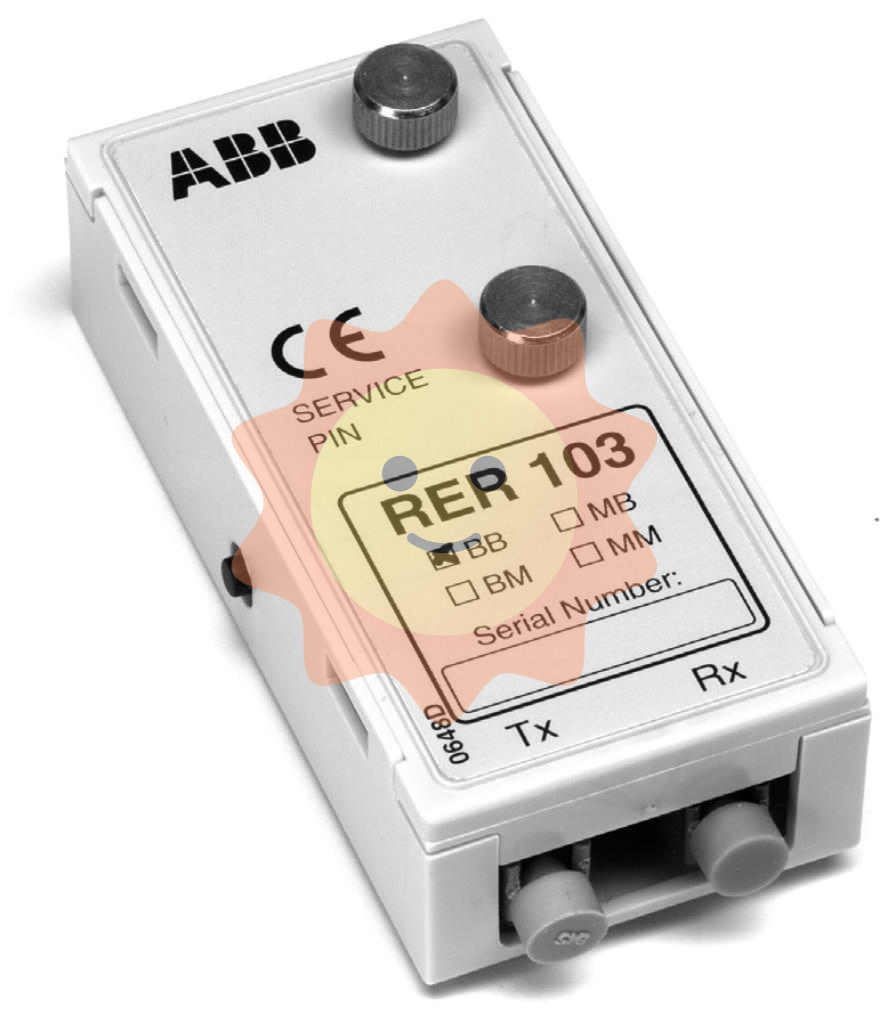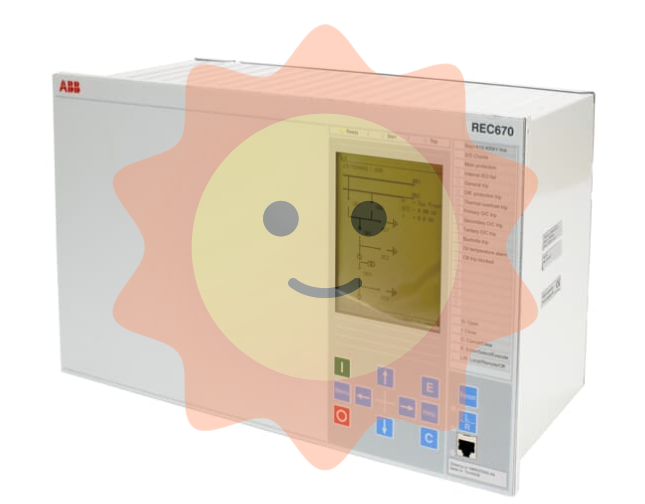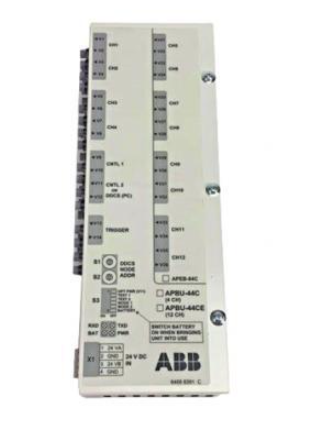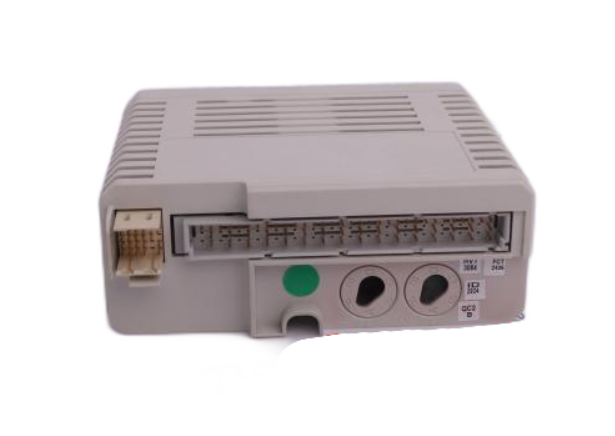ABB 3HAC5497-1 Industrial Control Module
ABB 3HAC5497-1 Industrial Control Module
Product Overview
The ABB 3HAC5497-1 industrial control module is a high-performance control core equipment designed specifically for complex industrial automation scenarios. In the industrial production process, it is like the "nerve center" of the entire automation system, undertaking key tasks such as data processing, logical operations, and equipment coordination and control. By accurately analyzing signals collected by various sensors and generating control instructions based on preset programs and algorithms, the actuators are driven to complete corresponding actions, ensuring efficient, stable, and precise operation of industrial production. It is widely used in automation upgrading and transformation projects in multiple fields such as manufacturing, energy, and transportation.
Specification parameters
working voltage
Supports 24V DC wide voltage input, adapts to voltage fluctuations within a certain range, and ensures stable operation in complex industrial power supply environments.
Data processing capability
Equipped with Ethernet interfaces (supporting Profinet, Ethernet/IP protocols), RS-485 interfaces, CAN bus interfaces, etc., to achieve seamless communication with various devices and systems.
Input/output channel
It has 16 digital input channels, 12 digital output channels, 8 analog input channels, and 4 analog output channels to meet diverse industrial control needs.
Working temperature range
-From 20 ℃ to+60 ℃, it can work continuously and stably in harsh industrial environments such as high and low temperatures.
protection grade
IP20, Capable of basic dust prevention, preventing objects with a diameter greater than 12mm from entering and providing effective protection for internal circuits.
Certification standards
Through international authoritative certifications such as CE and UL, it complies with global industrial safety and quality standards, ensuring product reliability and safety.
Core functions
Precision control: Equipped with advanced PID control, fuzzy control and other algorithms, it can achieve high-precision adjustment of industrial equipment parameters such as motor speed, valve opening, temperature, pressure, etc. The control accuracy can reach ± 0.1%, meeting the extremely high requirements for control accuracy in industrial production processes.
Multi device collaborative control: Through rich communication interfaces and strong protocol compatibility, multiple industrial devices can be connected and managed simultaneously, achieving collaborative operations between devices. For example, on an automated production line, the work sequence and rhythm of robotic arms, conveyor belts, detection equipment, etc. can be accurately coordinated to improve production efficiency and product quality.
Data collection and processing: Quickly and accurately collect real-time data from various sensors, and perform filtering, analysis, storage, and other processing. Trend analysis can be conducted on the collected data to provide data support for production process optimization and fault prediction, helping enterprises achieve intelligent production management.
Fault diagnosis and alarm: equipped with comprehensive self diagnosis function, real-time monitoring of the operation status of the module itself and connected devices. Once a fault is detected, such as communication interruption, abnormal input and output, equipment overload, etc., it can immediately trigger an audible and visual alarm, and send detailed fault information to the upper computer through the communication interface, making it convenient for technicians to quickly locate and troubleshoot the fault, reducing downtime.
Working principle
When the 3HAC5497-1 industrial control module is working, it first receives analog or digital signals from devices such as temperature sensors, pressure sensors, and position sensors through input channels. After the analog signal is converted into digital signal by the A/D converter, it is transmitted to the high-performance processor inside the module together with the direct input digital signal. The processor performs logical operations and analysis on these data based on pre written control programs and algorithms to determine the current state of the industrial production process. Then, based on the judgment results, corresponding control instructions are generated and sent to actuators such as motors, solenoid valves, and regulating valves through D/A converters (for analog outputs) or directly through digital output channels to drive the actuators to perform corresponding actions and achieve control of industrial equipment. At the same time, the communication module is responsible for data exchange with the upper computer monitoring system, other control modules or devices, uploading equipment operation data, and receiving control parameter adjustment instructions to ensure the coordinated operation of the entire industrial automation system. The fault diagnosis module continuously monitors the operating status of various parts of the system, and once any abnormalities are detected, immediately activates the alarm and fault handling mechanism.
- EMERSON
- Honeywell
- CTI
- Rolls-Royce
- General Electric
- Woodward
- Yaskawa
- xYCOM
- Motorola
- Siemens
- Rockwell
- ABB
- B&R
- HIMA
- Construction site
- electricity
- Automobile market
- PLC
- DCS
- Motor drivers
- VSD
- Implications
- cement
- CO2
- CEM
- methane
- Artificial intelligence
- Titanic
- Solar energy
- Hydrogen fuel cell
- Hydrogen and fuel cells
- Hydrogen and oxygen fuel cells
- tyre
- Chemical fiber
- dynamo
- corpuscle
- Pulp and paper
- printing
- fossil
- FANUC
- Food and beverage
- Life science
- Sewage treatment
- Personal care
- electricity
- boats
- infrastructure
- Automobile industry
- metallurgy
- Nuclear power generation
- Geothermal power generation
- Water and wastewater
- Infrastructure construction
- Mine hazard
- steel
- papermaking
- Natural gas industry
- Infrastructure construction
- Power and energy
- Rubber and plastic
- Renewable energy
- pharmacy
- mining
- Plastic industry
- Schneider
- Kongsberg
- NI
- Wind energy
- International petroleum
- International new energy network
- gas
- WATLOW
- ProSoft
- SEW
- wind
- ADVANCED
- Reliance
- YOKOGAWA
- TRICONEX
- FOXBORO
- METSO
- MAN
- Advantest
- ADVANCED
- ALSTOM
- Control Wave
- AB
- AMAT
- STUDER
- KONGSBERG
- MOTOROLA
- DANAHER MOTION
- Bently
- Galil
- EATON
- MOLEX
- Triconex
- DEIF
- B&W
- ZYGO
- Aerotech
- DANFOSS
- KOLLMORGEN
- Beijer
- Endress+Hauser
- MOOG
- KB
- Moxa
- Rexroth
- YAMAHA


Email:wang@kongjiangauto.com

